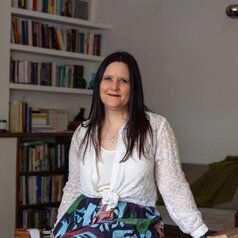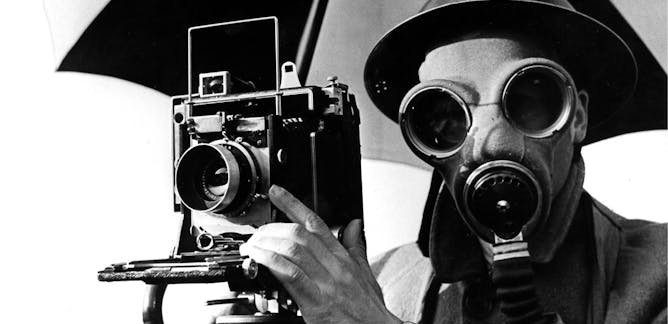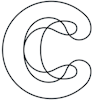|
|
|
|
Andre Breton, author of the century-old Surrealist Manifesto, saw women as mysterious objects: without creativity or intellect, but able to inspire men’s creative urges. "Of course the women were important," said influential surrealist Ronald Penrose in 1982. "But it was because they were our muses."
I don’t know about you, but I’d never heard of Penrose before I read Joanna Mendelssohn’s review of this book on last century's overlooked avant garde women artists.
I had, however, heard of his wife, Lee Miller, who as well as being a daringly original surrealist photographer, captured some of the most important news photographs of World War II. With her Grace Kelly good looks, she was also the muse of surrealist photographer Man Ray (and Penrose, I guess), but I find this much less interesting than her own work.
Tomorrow is the 80th anniversary of Nuremberg, often called "history’s greatest trial". Holocaust historian Jan Lanicek tells how it made Nazi leaders and organisations culpable for their crimes. In today’s divided world, he concludes, a trial like this – which requires a major military defeat and occupation by those willing (and able) to bring leading politicians to justice – would be unlikely to happen.
Until next time,
|

|
Jo Case
Senior Deputy Books + Ideas Editor
|
|

Joanna Mendelssohn, The University of Melbourne
In A Woman’s Eye, Her Art, Drusilla Modjeska unpacks how the once-forgotten women artists of the early 20th century continue to inspire today.
|

Jan Lanicek, UNSW Sydney
Nuremberg, often called ‘history’s greatest trial’, officially opened on October 18 1945. It held senior Nazi leaders to account for war crimes during the Holocaust.
|

Prudence Gibson, UNSW Sydney
In his rollicking scientific true-crime book, The Butterfly Thief, Walter Marsh delves into the dark side of museum collection histories – and one bizarre heist.
|

Jamie Q. Roberts, University of Sydney
We believe things because doing so helps us belong and upholds a certain moral order, but not necessarily because they are true.
|

Philip C. Almond, The University of Queensland
By the ninth century, influenced by the Christian idea, Islam and Judaism each had their own Antichrist figures who would come at the end of history.
|

Rick Sarre, University of South Australia
A legal expert reviews Duncan McNab’s Recipe for Murder and Greg Haddrick’s The Mushroom Murders – both published on the same day.
|

Joanne Anderton, The University of Queensland
Andrew Roff’s debut novel, Here Are My Demands, looks forward to an imagined future – but seems more concerned with now.
|
More great reading
|

Chris Thompson, Australian Catholic University
Diane Keaton has died at the age of 79. We were the richer for her creative life and are the poorer for her loss.
| |

Lynn Hilditch, Liverpool Hope University
The biggest Lee Miller show since 2007, this new exhibition tells her complex story through 250 modern and vintage prints, including previously unseen images.
|

Peter Edwell, Macquarie University
One wonders what Cyrus the Great, founder of the Achaemenid Persian empire, would think of the comparison.
| |

Sharon Ruston, Lancaster University
Guillermo del Toro’s retelling of the story about a scientist trying to create life is a visual treat and a rousing adaptation.
|
|
|
| |
|
|
|
University of Tasmania
Tasmania, Australia
•
Part Time
|

|
|
The Conversation AU/NZ
Melbourne Victoria, Australia
•
Full Time
|

|
|
|
|
| |
| |

|
| |
| |
| |
Featured Events, Courses & Podcasts
|
View all
|
|
22 October 2025
•
Carlton
|

|
24 October 2025
•
Melbourne
|

|
11 - 12 November 2025
•
Parkville
|

|
22 - 24 October 2025
•
Melbourne
|

|
|
|
|
| |
| |
| |
| |
| |
|
|
|
|
|
|
|